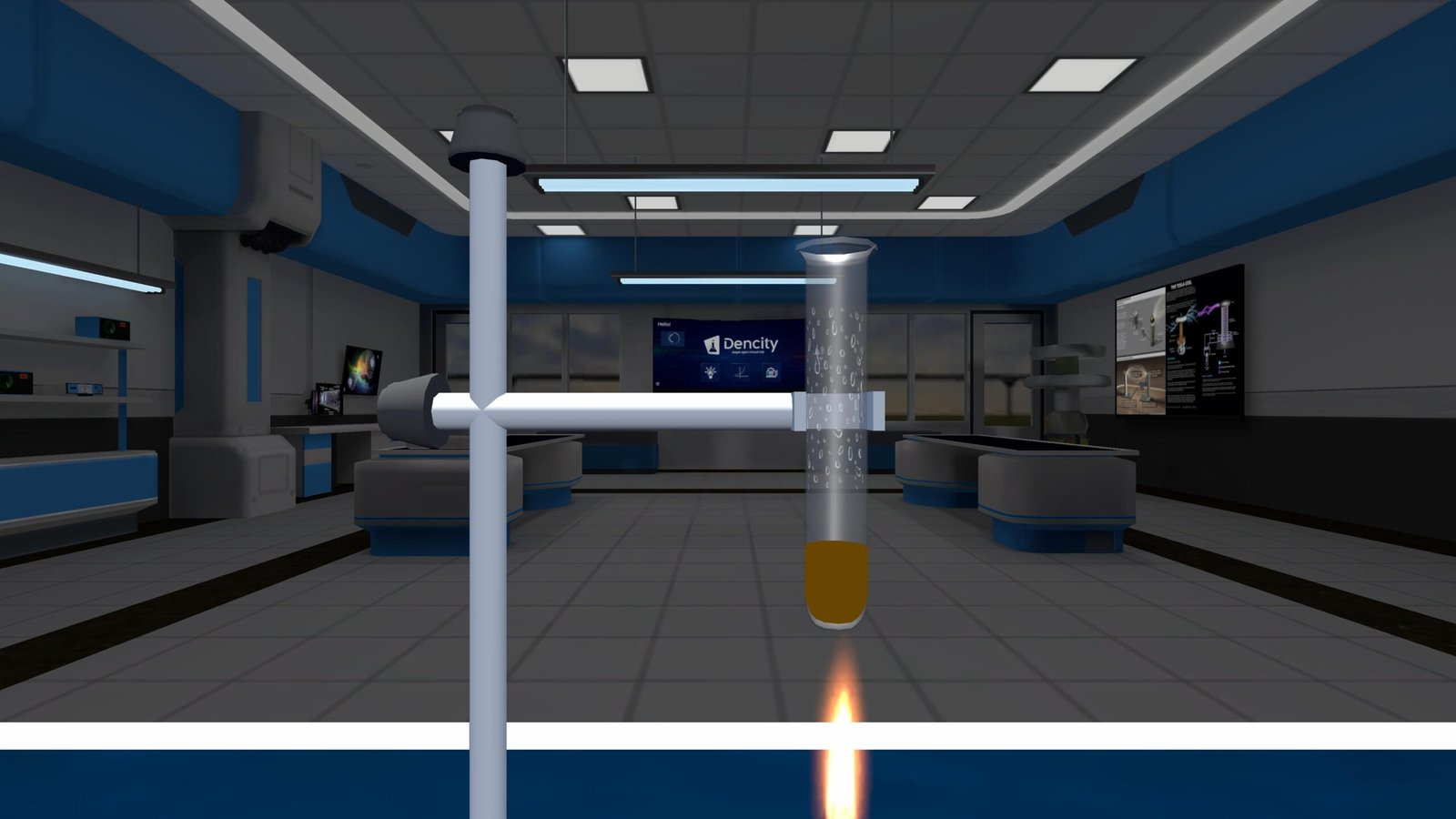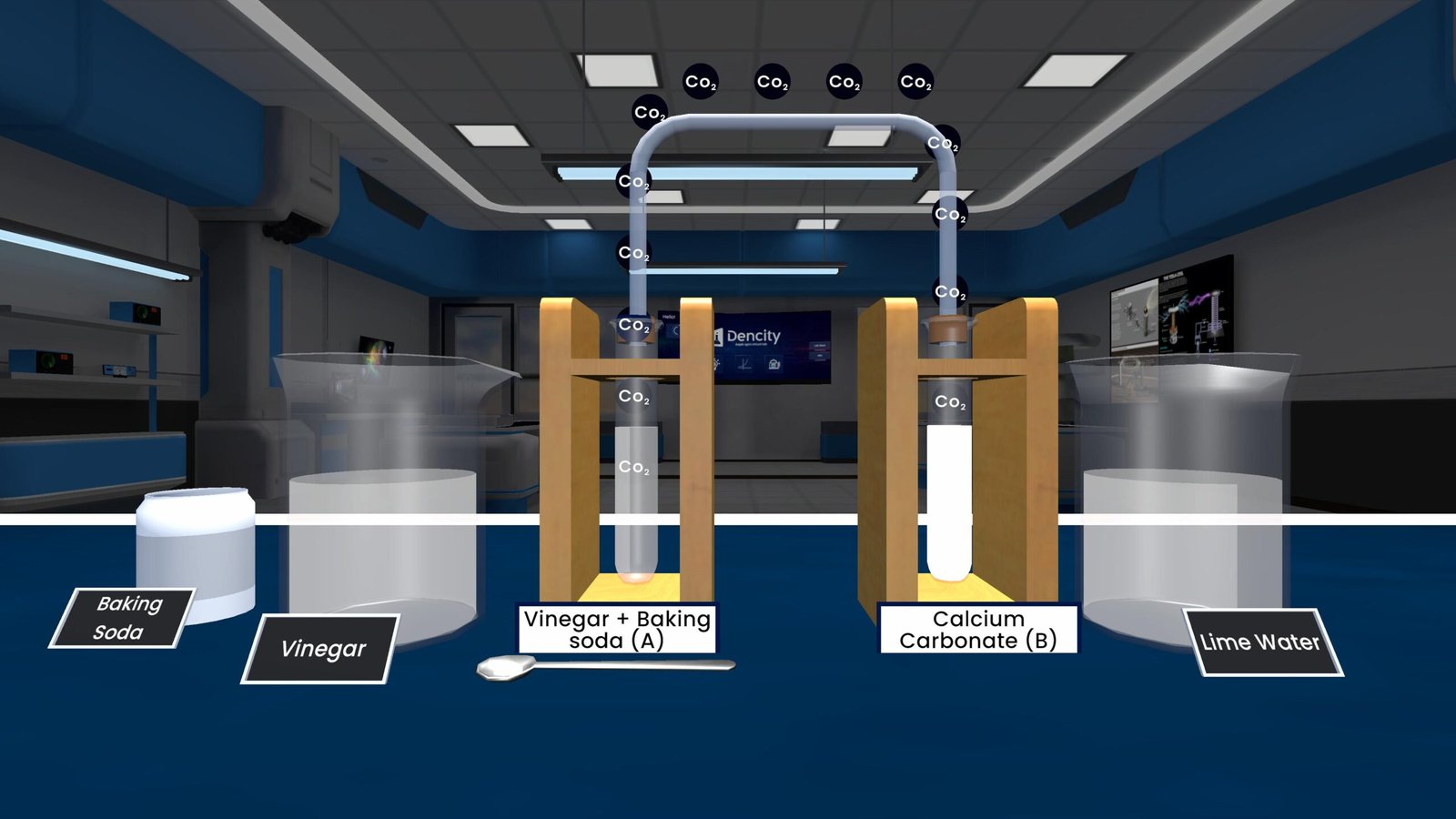Oxygen is Essential for Combustion – Charcoal and Jar Experiment
This classic science experiment clearly shows that oxygen is necessary for combustion. It’s a simple demonstration where a piece of burning charcoal or wood is placed on a metal plate and then covered with an inverted glass jar. After a short time, the flame goes out, proving that fire cannot continue without air, specifically oxygen.
What Happens in the Experiment?
Combustion is a chemical reaction between a fuel (like charcoal) and oxygen in the air, which releases heat and sometimes light. Air is made up of around 21% oxygen. In an open environment, there’s plenty of air, so the fire keeps burning. But when you cover the burning charcoal with a jar, the available oxygen gets used up quickly.
As oxygen levels drop:
- The flame starts weakening.
- Heat escapes to the jar walls, cooling the flame.
- The fire eventually goes out when there’s not enough oxygen to keep it going.
This is a perfect example of incomplete combustion, where not all the fuel is burned. You’ll notice more smoke and unsteady flames during the last moments of the fire.
Real-Life Uses of This Concept
- Fire blankets cut off air supply to stop fire.
- Lids on cooking pans can extinguish kitchen fires.
- Carbon dioxide extinguishers displace oxygen and cool the fire.
- Charcoal grills are safely turned off by closing vents, reducing oxygen.
Key Observations
- In open air: Charcoal burns steadily until it’s completely used.
- Under a jar: The fire dies out soon due to lack of oxygen.
Summary Table
| Charcoal Condition | Outcome |
|---|---|
| Burning in open air | Burns until fully consumed |
| Covered with jar | Flame extinguishes quickly |
Learn This Experiment Virtually with Dencity
You don’t need to deal with actual fire to understand this experiment! With the Dencity virtual science lab, students can perform this activity in a safe, controlled, and interactive digital environment.
Ideal for class 8 and class 9 science, the experiment is recreated using realistic simulations that let students see how oxygen affects combustion. They can try different jar sizes, air compositions, and fuel types to understand the deeper science behind fire.
The Dencity app is available on Android, iOS, and Desktop, giving students, teachers, and schools an affordable way to explore science safely and effectively.
Dencity for Teachers
Dencity supports interactive teaching in classrooms and online by offering:
- Live virtual experiments
- Instant feedback and results
- Homework creation in under 30 seconds
- Automatic progress reports
- Collaborative virtual classrooms
Teachers can even allow students to control the experiment, boosting engagement and deepening understanding of key science concepts.
Works on Interactive Touch Panels
Dencity is optimized for touch panels in modern smart classrooms. Teachers can simulate the combustion experiment live, and students can interact with the setup using touch gestures—no fire, no mess, and no risk.
For Schools & Institutions
Looking to modernize your science lab? Contact us for a custom demo and pricing. Dencity helps schools deliver high-quality science education without the traditional lab costs.
Frequently Asked Questions
- Why does fire need oxygen to burn?
Because combustion is a chemical reaction that requires oxygen to release energy as heat and light. - Why does the fire go out when covered with a jar?
The oxygen inside the jar is limited. Once it’s used up, combustion cannot continue. - What gas replaces oxygen in the jar?
Oxygen is turned into carbon dioxide (and some carbon monoxide), which does not support combustion. - What is incomplete combustion?
It’s when fuel burns without enough oxygen, producing more smoke and harmful gases. - Is this experiment safe for school students?
In real life, it should be done with supervision. But with Dencity, it’s 100% safe and virtual. - Which class is this experiment for?
This is ideal for class 8 or class 9 science curriculum. - How does Dencity simulate combustion?
The app uses physics-based models to recreate fire behavior, oxygen levels, and smoke production. - Does Dencity require lab infrastructure?
No, just a phone, tablet, or computer. No real fire or chemicals are used. - Can students perform this experiment remotely?
Yes, students can access Dencity from home and perform all experiments virtually. - Do teachers need special training?
No. Dencity is designed to be user-friendly, with built-in guides for both teachers and students.
Explore more at dencityapp.in – where science meets simplicity and safety.







